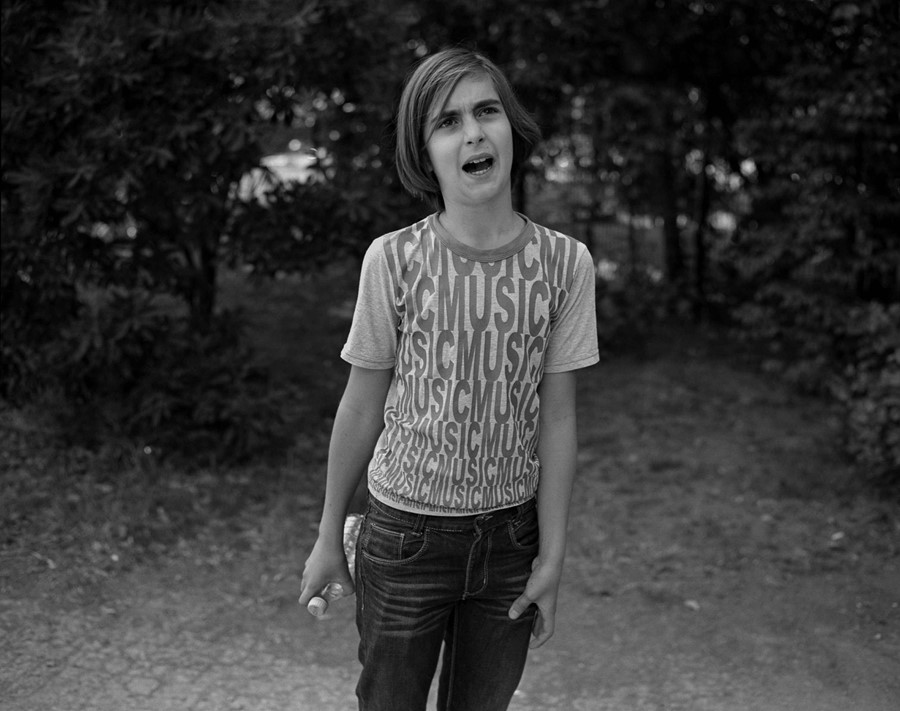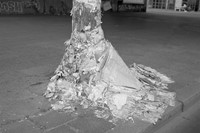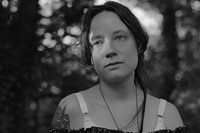Mark Steinmetz’s new photo book, Berlin Pictures, casts a soft gaze on city dwellers who so often live at the edge of our perception
Since the 1980s, American photographer Mark Steinmetz has been capturing people lost either in thought or in each other. While most of his career circles Athens, Georgia, where he lives and works, Steinmetz’s new photo book is set in Germany’s capital city. Titled Berlin Pictures, it features the same couples and young people of much of his practice, while also including intimate depictions of the city’s inhabitants who are down on their luck. In these portraits, the withdrawn quality of his subjects is less suggestive of daydreams than a protective inwardness dictated by hardship.
“Mostly I’m interested in people who are searching for something,” Steinmetz tells me over the phone. “Not people who are very middle class, who know all the answers, with very comfortable lives.” Steinmetz photographed the city and its inhabitants every year between 2012 and 2019, except the year of his daughter’s birth. He travelled there either in the spring or the summer, and stayed in the Prenzlauer Berg neighborhood, which is located on the east side of town, not too far from Alexanderplatz. He used two cameras for Berlin Pictures. Both are Fujica: one is 6 x 9, a square format; the other is 6 x 7. It’s quieter and lighter, which works better for candids.
The images from Berlin Pictures were taken across the city: in Prenzlauer Berg, next to the airport, Brandenburg Gate, and the River Spree. The book opens with images of people coming and going, walking in opposite directions – as though we, the viewers, were standing at a busy intersection. It then moves through quieter moments in parks and underpasses, through to famous monuments. There’s a gentle, silvery quality to Steinmetz’s images, so much so that he almost called the book Silver City, a title that suggests greyness, something between black and white. The book itself shifts between groups of images that are lighter and darker, both literally and figuratively. Beyond the images of couples and lower-income Berliners, there are images that reference Berlin’s history during the Cold War. “As a photographer, I feel that places use me”, Steinmetz says. “I just pick things up, and I don’t know if it’s coming from me or what the place wants. In the book, there are pictures of walls with bullet holes and barbed wire. There are echoes of what happened, and echoes of hope as well.”

This duality exists in other parts of Berlin Pictures. The book sometimes includes not one but two portraits of the same person. Taken moments away from each other, the images capture different moods or emotions, some of which are contradictory. It’s a clever workaround of photography’s fragmentary nature to show how individuals contain multitudes. “Instead of having one picture that says it all there are two pictures. It’s this way, and that way”, Steinmetz told me. “I dance around on some subjects rather than having a definitive, authoritative take”. In Berlin Pictures, Steinmetz casts a soft gaze on city dwellers who so often live at the edge of our perception.
Berlin Pictures is available now, and published on Kominek Books.






